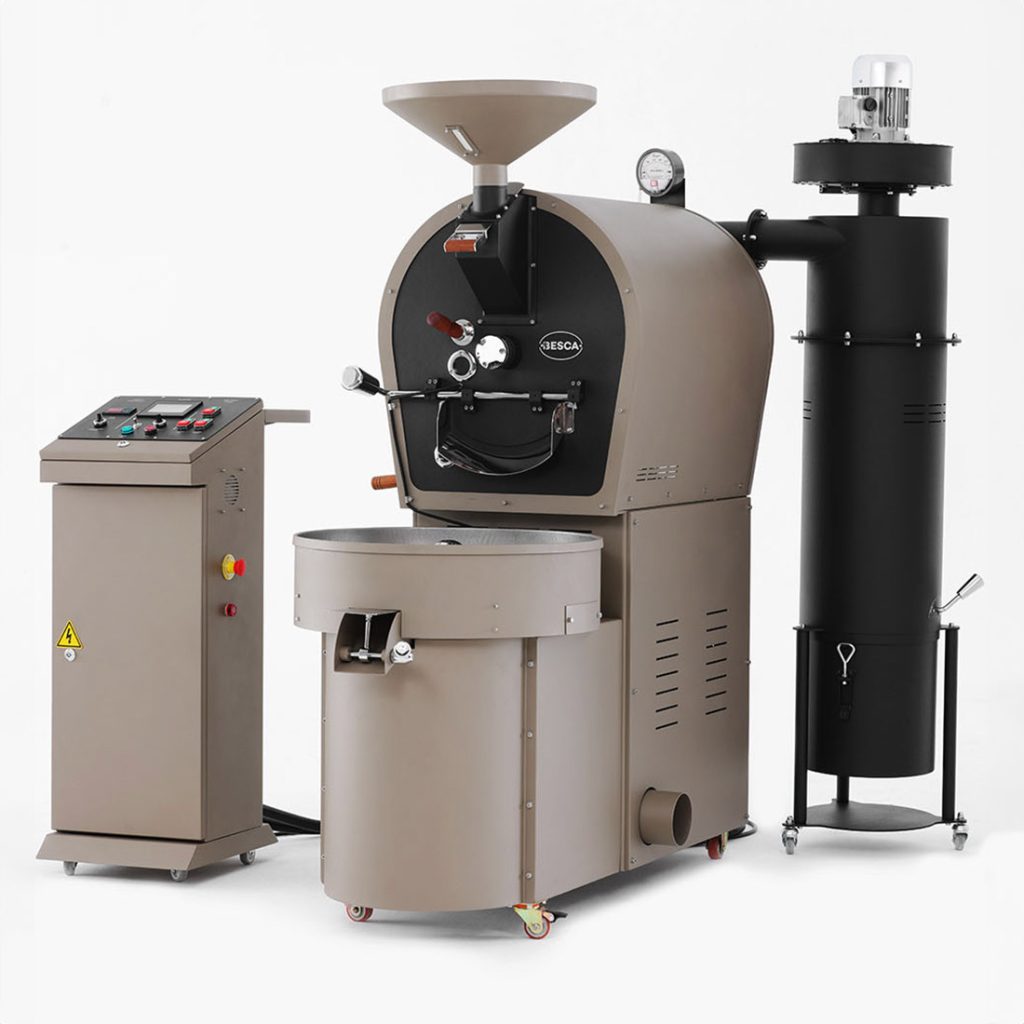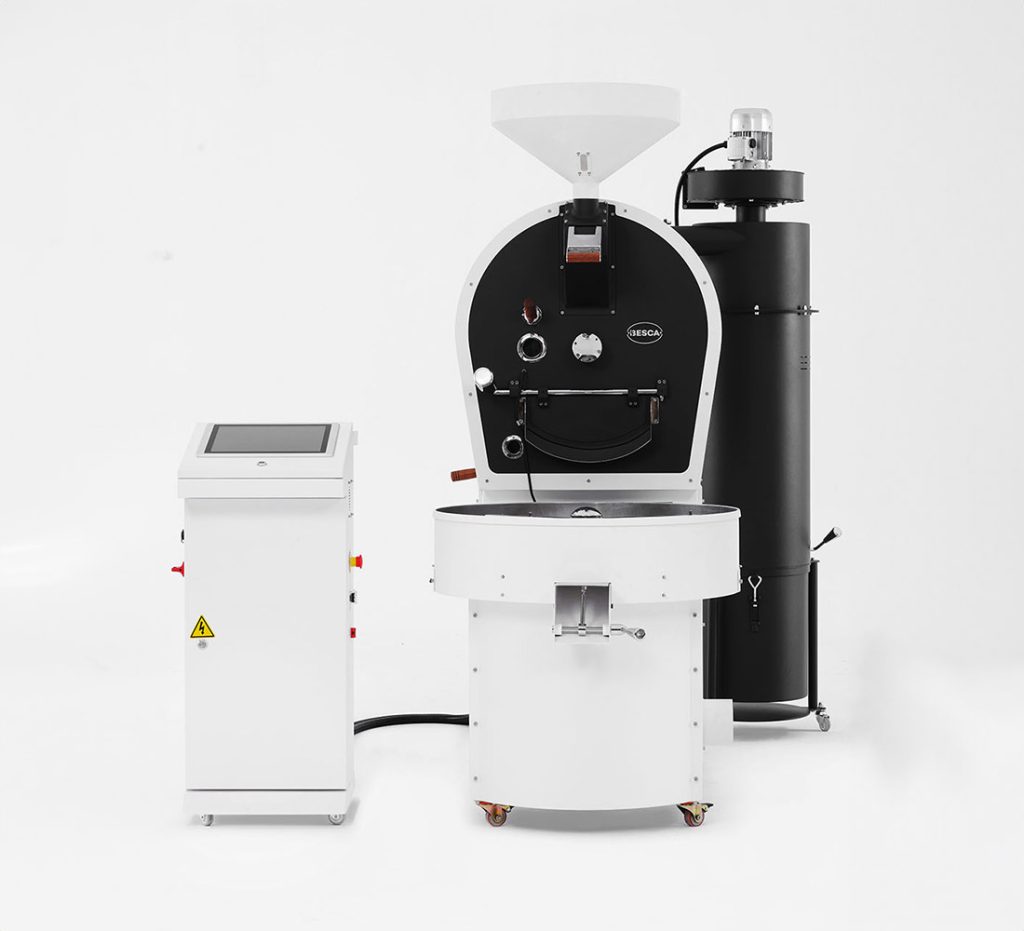What is coffee roasting profiling?
Coffee profiling is a set of parameters that change in the process of roasting. Measurements include the temperature of the beans, drum speed, gas exhaustion, and heat input. Simply put, coffee roasting profiling is the summary of how your coffee would be roasted. The different changes in measurements create different textures, acidity, and taste. It also yields different results with different types of coffee beans.
How does the coffee roasting profile affect the coffee?
There are various types of coffee beans in the market, so matching the coffee beans with the right coffee roasting profile is a crucial part of creating a tasteful coffee. Roasting exposes chemicals from the coffee beans such as sugars, amino acids, and proteins. When the coffee beans react as much as you want, you just need to cool the process.
Which stats affect roasting profiling?
There are 14 variables that you can keep an eye on during the roasting process;
- Moisture Content of the Coffee Beans
- Fan Speed
- Bean Type
- Exhaust Temperature
- Charge Temperature
- Drum Pressure
- Bean Temperature
- Batch Size
- Weight of the Beans
- Gas Settings
- Drum Speed
- Profile Time
- Discharge Temperature
- Cooling Time
Measuring Roast Profiles
Before the creation of roasting software such as Besca Roasting, Cropster, and Artisan, roasters needed to ensure that every process would be the same. Basically, they were relying on their senses to create the same taste.
Thanks to Besca Roasters’ automation technologies and compatible software, roasters are now able to apply the exact same profile to their coffee beans, enhancing the precision and repeatability of the coffee roasting process.









